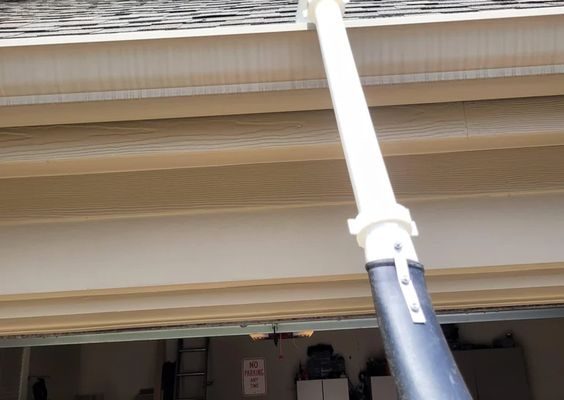How to Touch Up Car Paint

Introduction
When driving your beloved vehicle, it is a regular theme; scratches, dings, and chips are bound to happen. While these blemishes may seem minor, ignoring the problem can lead to more significant issues such as rust and corrosion. Fortunately, there’s an affordable and straightforward solution: touch up paint. In this article, we’ll guide you through the process of touching up car paint to keep your car looking sharp.
Step 1: Gather the necessary tools and materials
Here’s what you’ll need for a successful touch-up job:
– The correct color-matched touch-up paint
– Sandpaper (1000-grit, 1500-grit, and 2000-grit)
– A primer (if required)
– Clearcoat
– A rubbing compound
– Microfiber towels
– Wax or polish
– Masking tape
– Isopropyl alcohol or pre-paint cleaner
Step 2: Clean the area and assess the damage
Before starting any repair work, make sure the car’s surface is clean. Wash the affected area with soap and water then dry it with a microfiber towel. Now assess the damage – if it’s just a light scratch, you won’t need a primer. However, if the chip exposes bare metal or plastic, it’s best to use one.
Step 3: Sand and prep the damaged area
Apply masking tape around the damaged area to avoid affecting undamaged surfaces. Then sand the scratch using progressively finer grit sandpaper (1000-grit > 1500-grit > 2000-grit) until smooth. This step allows for better adhesion of the touch-up paint.
Step 4: Apply primer (if needed)
If the damage requires a primer, shake its container well before application. Using a thin brush or applicator tip provided with the paint kit, apply a thin layer of primer over the affected area. Wait for the recommended drying time, usually about 30 minutes.
Step 5: Apply touch-up paint
Make sure your touch-up paint is well-mixed. Apply thin coats, waiting for the previous one to dry according to manufacturer instructions before applying the next coat. This process ensures proper coverage and blending with the surrounding paint color. Be careful not to over-apply, as it may result in a raised or thick appearance.
Step 6: Sand and smooth the painted area
Once the touch-up paint is thoroughly dry—generally after 24 hours—smooth the area using 2000-grit sandpaper. Moisten it and gently sand with light pressure to level out any imperfections that appeared during application.
Step 7: Apply clearcoat
Gently apply a thin layer of clearcoat over the repaired area, ensuring an even coverage. The clearcoat restores shine while also providing an extra layer of protection. Allow to dry for several hours or as per manufacturer’s instructions.
Step 8: Buff and polish
Use rubbing compound on a microfiber towel to buff away any remaining surface imperfections around the repaired area. Afterwards, apply wax or polish and buff your car’s entire surface to restore its original shine.
Conclusion
With proper technique and attention to detail, you can successfully touch up your car’s paint and keep minor blemishes from becoming significant problems. Remember always to work in a well-ventilated area and follow all manufacturer instructions on paints and primers. By mastering this skill, you’ll maintain your vehicle’s appearance while also preserving its resale value. Happy touching up!






